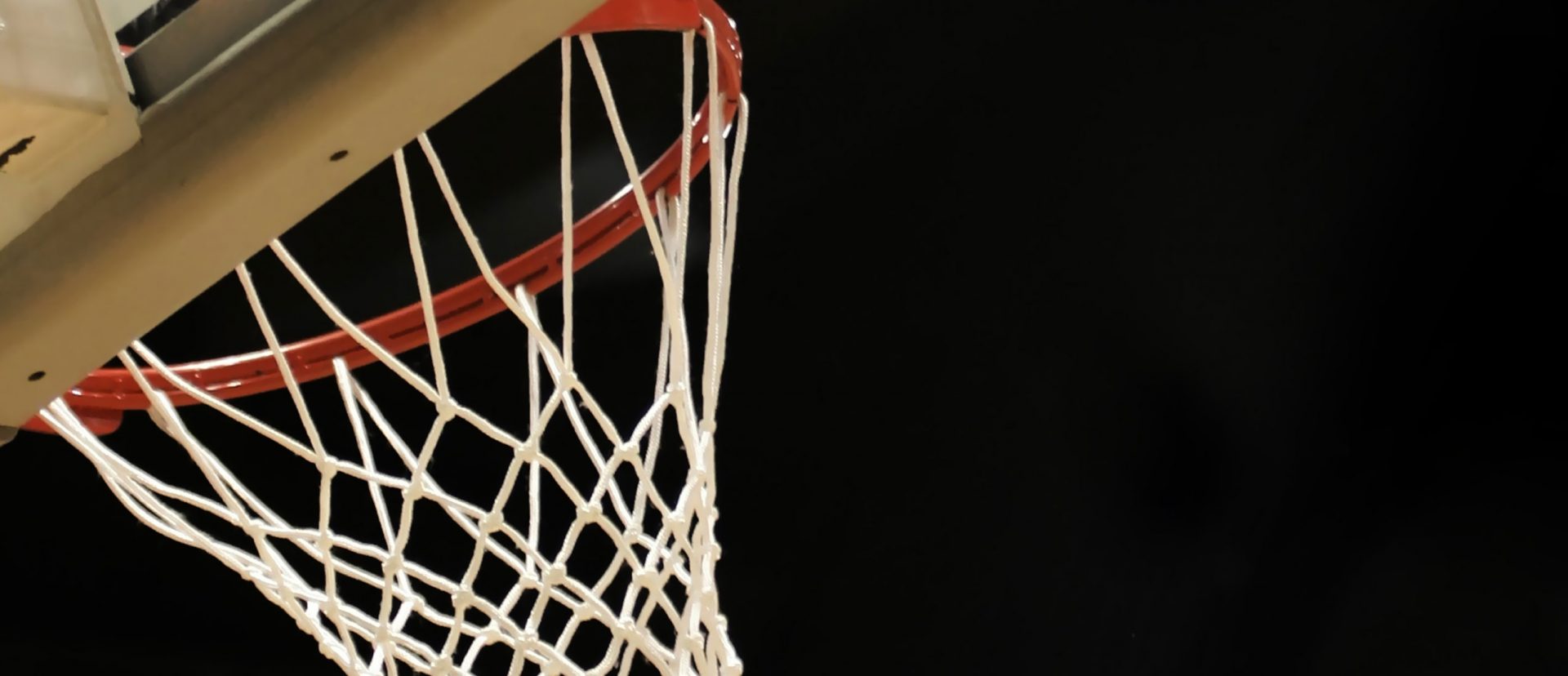Confusion and disagreement over the distinction between paying student-athletes to play and providing them with financial aid for their education has made intercollegiate sports the object of antitrust litigation as well as public controversy. The conventional wisdom is to model the National Collegiate Athletic Association (“NCAA”) as a monopsonistic cartel. We show this to be inconsistent with the economics of cartels. The economic logic of the NCAA’s amateurism rules is better understood as a multi-sided platform, subject to network externalities which must be managed by the platform to ensure participation of all constituencies, and which is subject to potential free-riding by individual schools seeking a private advantage at the expense of the platform by paying athletes more than the NCAA-sanctioned cap.
By John Bigelow & Kenneth Elzinga1
I. INTRODUCTION
If amateur athletics had its own 4-digit SIC code, it would count as a major sector of the economy. From children enrolled in Little League baseball to septuagenarians running half-marathons, millions of Americans devote countless hours to playing, watching, and administering amateur sports without financial remuneration. The tradition of amateur athletics is venerable. The modern Olympic movement touts the Olympic games of Ancient Greece as its forebearer. However, amateurism in sports is not well understood by economists, perhaps because the essence of amateu
...THIS ARTICLE IS NOT AVAILABLE FOR IP ADDRESS 216.73.216.89
Please verify email or join us
to access premium content!

